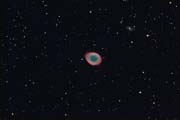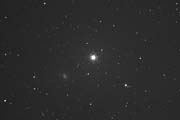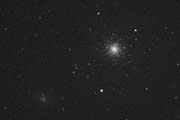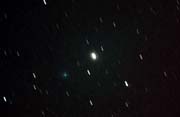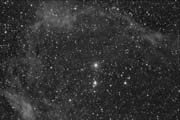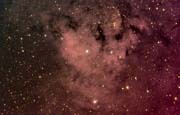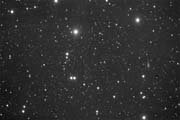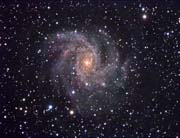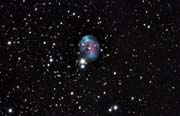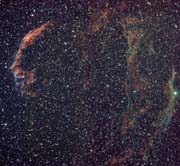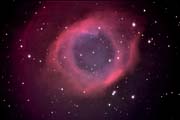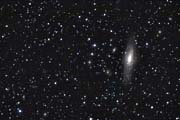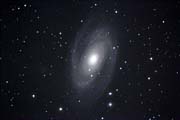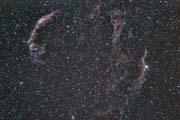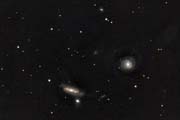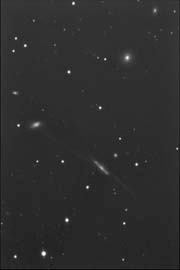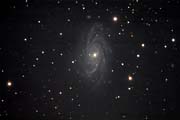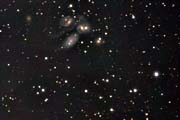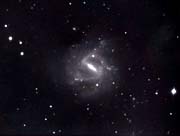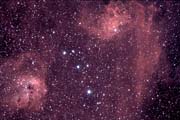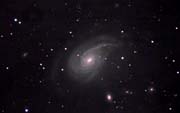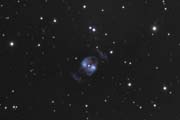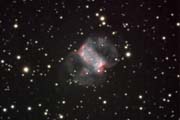The camera arrived on 17th. July 2007, and as luck would have it a clear night as well. Still only Astronomical twilight, nevertheless a good opportunity to try out the camera with the LX200R. Messier 27, the 'Dumbbell' planetary nebula in Vulpecula was chosen as the first target. The self guiding proved itself admirably - this and the M57 following were both taken at the full 3 metre focal length of the LX200R.
Luminance 5 x 4 minutes, RGB each 3 x 2 minutes binned 2x2.
This image featured in The Sky at Night BBC TV programme, August 2012
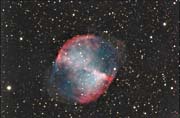
To follow on from M27, it had to be the other showpiece planetary nebula, Messier 57, the 'Ring' nebula in Lyra. Also in this image, brought out through the magic of digital processing is the faint 15th. magnitude galaxy IC1296.
Luminance 5 x 5 minutes, RGB each 3 x 3 minutes binned 2x2.
